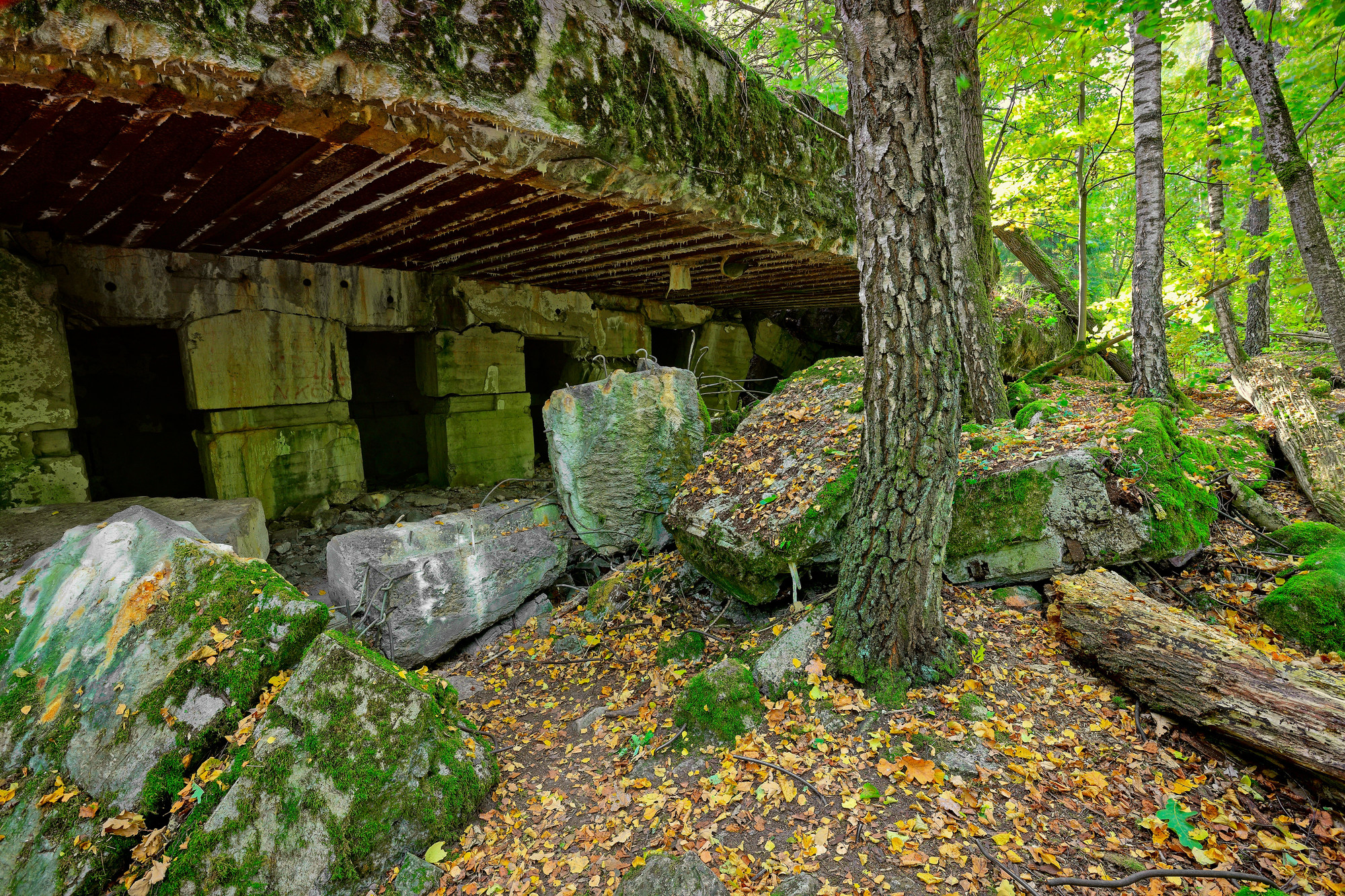
The planned blitzkrieg against the Russians stalled at the gates of Moscow, and when it became apparent the Soviet Union would not crumble so easily the decision was taken to fortify the Wolf’s Lair further. Existing wooden barracks were encased in concrete half a metre in thickness, and more structures sprung up around them. Yet even this was deemed ineffectual, and on Hitler’s orders a final phase of construction was undertaken between February and October of 1944 – this saw bunkers built on top of bunkers, as well as the addition of a thirteen metre tall bunker for Hermann Goring.
To all intents and purposes the Wolf’s Lair became a world within a world, complete with two airfields, railway station, central heating, power generators, sewage system, sauna, casino and even a cinema – though it’s unknown if Hitler ever used it to watch the complete set of Mickey Mouse films allegedly gifted to him by Joseph Goebbels. Over 2,000 people worked there, including a detachment of 1,500 guards, and in spite of the confidentiality surrounding the complex it soon became an open secret amongst the locals that this was Hitler’s base; one anecdote tells how Hitler received local children on his birthday, entertaining the budding young fascists with biscuits and Fanta. In fact, it’s probable the secret spread and that the Allies knew of the location of Wolf’s Lair by late 1943 – why they didn’t bomb it remains a source of hot debate amongst historians. Some claim Western spies must have been working at the base, others that the Allies wanted nothing but Germany’s complete and unconditional surrender; killing Hitler would have forced peace negotiations and scuppered the chances of this.
Despite the comprehensive facilities, life at Wolf’s Lair was tough, with General Jodl concluding it was ‘half monastery, half concentration camp’. The nearby swamplands – one just a hundred metres from Hitler’s bunker – meant the complex’s residents were constantly plagued by mosquitoes, and period photographs show guards resorting to wearing ridiculous bee-keeper style hats to stave off this menace. In the words of historian Heinrich Hoffman, ‘the army – in an attempt to kill all the mosquitoes – poured oil on the lakes, thus destroying all the frogs with the insects. Hitler was upset because he enjoyed hearing the frogs croak as he fell asleep, so more had to be brought in for this purpose’.

Had Stauffenberg used both bombs as originally intended then there can be no doubt, Hitler would have been killed outright. The switch of venue cannot also be underestimated – in a heavier bunker the explosion would have been fearsome, but in the light bunker number three the open windows provided an immediate outlet for gases. Stauffenberg was executed later that night, and in the purge that followed over five thousand more plotters were rounded up and killed, their deaths recorded on film for Hitler’s pleasure. (You can read a BBC interview with von Stauffenburg's son from 2014 here).
And so the poisoned Austrian remained in power, and the war rumbled on towards its bitter conclusion. With the Soviet Union poised for their decisive offensive Hitler finally took leave of his HQ on November 20, 1944. His favourite yes-man, Field Marshal Keitel, immediately ordered Operation Inselsprung into effect; the complete destruction of the Wolf’s Lair complex. Tonnes of explosives were brought in from Fort Boyen, though in the event the demolition charges were only detonated on January 24, 1945, just three days before the Russian’s rolled in. Approximately eight tonnes of TNT were used in each bunker, with the ensuing blasts sending thick slabs of concrete flying through the air like scattered dominoes. On April 30 1945, just over 9 months after Von Stauffenberg's failed assassination attempt, Adolf Hitler committed suicide in his other concrete residence - the Führerbunker in Berlin.
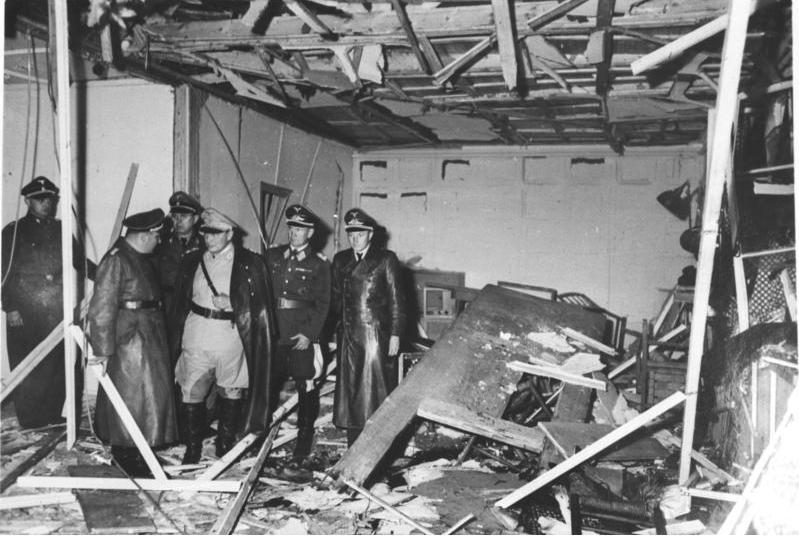
How to get to the Wolf's Lair?
Fortunately, these days, you don't have to be a member of Hitler's staff to be given access to the site! Though technically a remote location, you don't have to be Indiana Jones to seek it out and it can be easily visited on a day trip from Gdańsk. However, timing is everything, especially if you allow a single day.A return ticket to Kętrzyn from Gdańsk Głowny station will cost about 45zł on the ICCC network. There's a train that leaves at about 08.30 and the trip takes 4 hours.
From the station at Kętrzyn, transport options to Gierłoż (closest locality to The Wolf's Lair) are limited. The cheapest option is by bus - go to stop #8, directly outside the Kętrzyn train station. The #1 bus service to Gierłoż departs the train station at 14:15 and 16:15 and within 20 minutes you'll arrive just outside the lair! Of course, time is precious, especially if you're doing a day trip. Therefore, you can get a taxi to the Wolf's Lair for about 40zł. It's recommended that you arrange for the taxi to come back to pick you up as return options are a tad scant!
A train returning from Kętrzyn leaves just after 18.00 and, after changing at Olsztyn, you will be back in Gdańsk at about 22.30. An afternoon at the Wolf's Lair is plenty of time and while information around the site is practically non-existant, a guide book can be purchased. Even with this, we recommend a guide as they are very knowledgeable about the site!


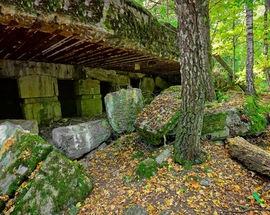
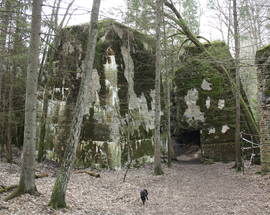
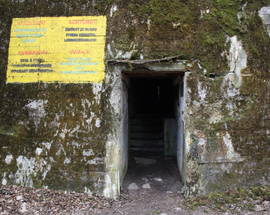

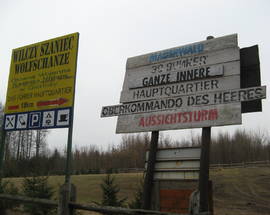
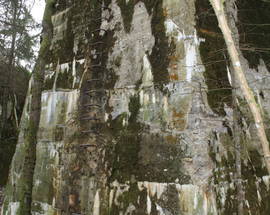
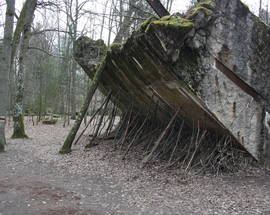
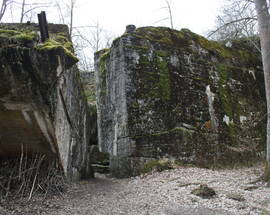

Comments